The lights of Philadelphia may not shine as bright in the coming weeks as a coalition in the City of Brotherly Love tries to prevent millions of migrating birds that pass through twice a year from slamming into skyscrapers and crashing to the sidewalk.
Bird Safe Philly on Thursday announced the Lights Out Philly initiative, a voluntary program in which many external and internal lights in buildings are turned off or dimmed at night during the spring and fall.
The problem of artificial lights attracting birds to their deaths in the city is not new. “We have specimens in the academy’s ornithology collection from a kill that happened when lights were first installed on Philadelphia’s city hall tower in 1896,” said Jason Weckstein, the associate curator of ornithology at Drexel University’s Academy of Natural Sciences.
The coalition, which includes Audubon Mid-Atlantic, the Academy of Natural Sciences of Drexel University, the Delaware Valley Ornithological Club and two local Audubon chapters, formed after the city’s largest mass-collision event in 70 years was reported last October. Hundreds of dead birds were found around the city.
“Conditions were perfect for a heavy migratory flight and imperfect given that there was a low ceiling of clouds and rain,” Weckstein said. “That in combination with Philly’s bright city lights was a disaster for many fall migrant birds winging their way south.”
Birds navigate during migration using celestial cues and when they cannot see stars on a cloudy night they get confused by bright city lights, according to experts. Windows pose a problem, according to Weckstein, because birds might see a reflection of trees or the sky.
Scientists estimate between 365 million and 1 billion birds are killed by collisions with buildings or other outdoor structures in the US every year and those crashes are taking a toll on some species.
Common yellowthroats, white-throated sparrows, gray catbirds and ovenbirds are the most common victims in Philadelphia, experts said, and those species are also threatened by the climate crisis and other predators.
“The ovenbird and the black-throated blue warbler are among the hundreds of bird species that are now at an increased risk of extinction in North America because of climate change,“ said Keith Russell with Audubon Mid-Atlantic. “But many of these species also face the additional threat of colliding with buildings.”
Russell said the Philadelphia initiative had the added benefit of reducing energy consumption, potentially slowing the climate crisis.
Mass die-off of birds in south-western US ’caused by starvation’
Read more
The Lights Out Philly program runs from 1 April through 31 May and from 15 August to 15 November. Property managers and tenants are asked to voluntarily switch off lights between midnight and 6am, especially in a building’s upper levels, lobbies and atriums.
The Building Owners and Managers Association of Philadelphia, which represents more than 475 members who own or manage commercial properties or provide services to buildings, said the response has been “extremely robust”.
“We have some early adopters and the list is approaching 20 buildings, many of which are iconic and very recognizable members of the Philadelphia skyline,” said the group’s executive director, Kristine Kiphorn.
The National Audubon Society, along with partners, established the first Lights Out program in 1999 in Chicago. Philadelphia joins 33 other cities including New York, Boston, Atlanta and Washington DC.







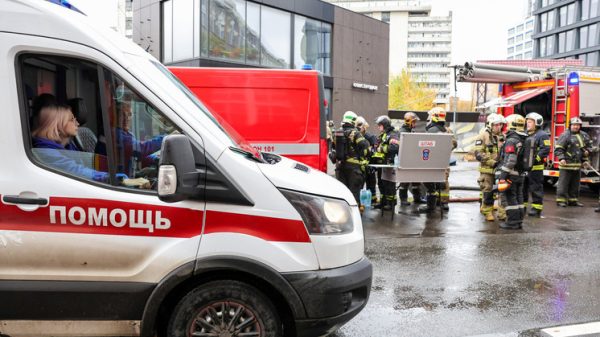


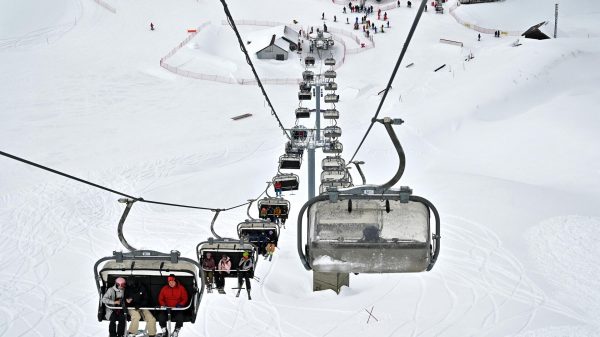






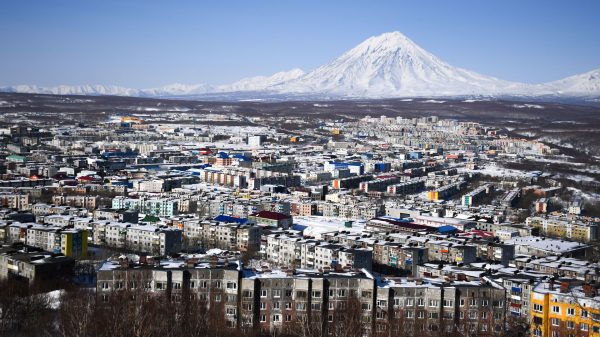
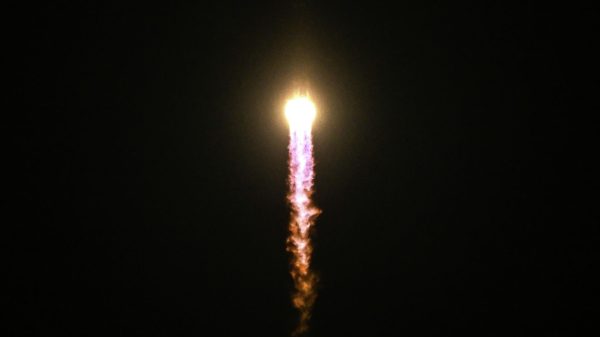
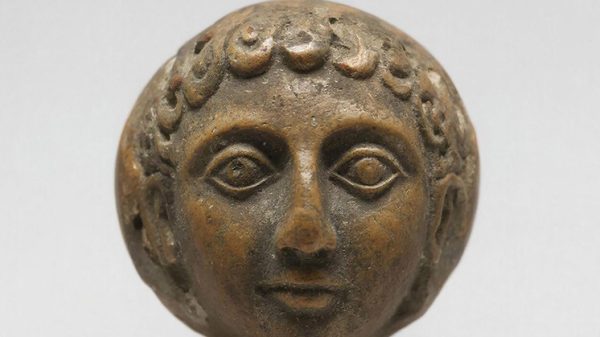
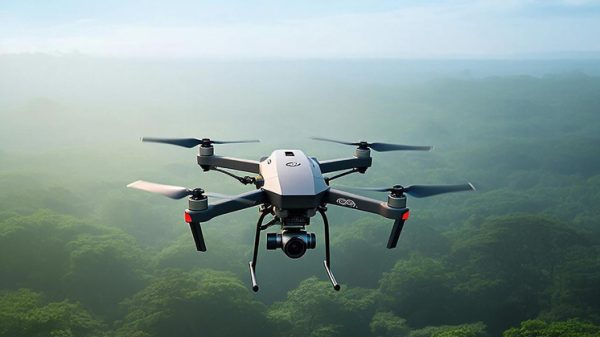















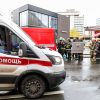

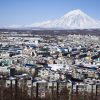















Свежие комментарии